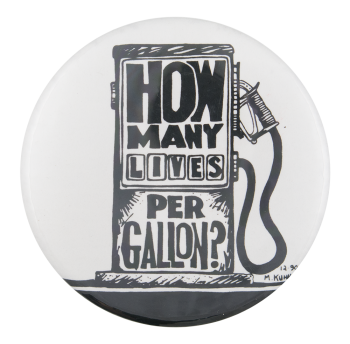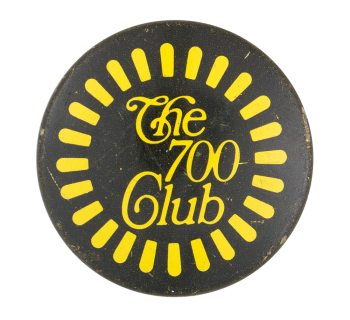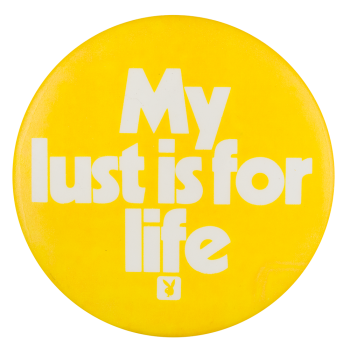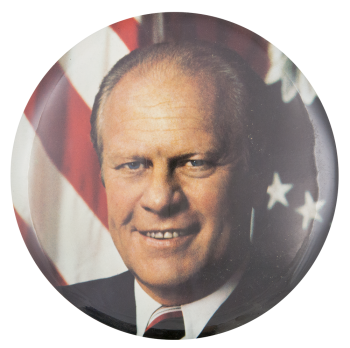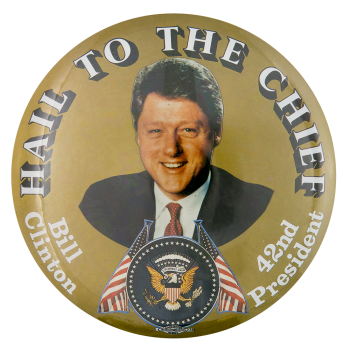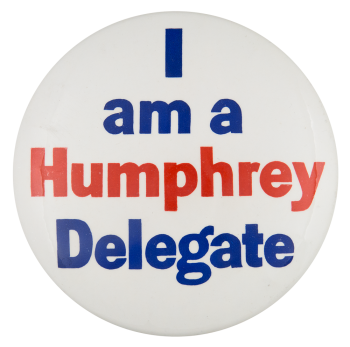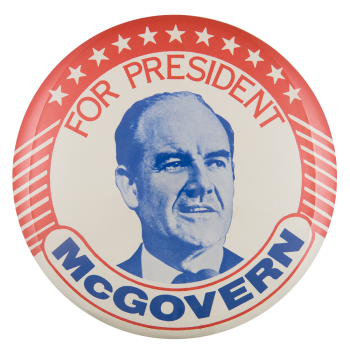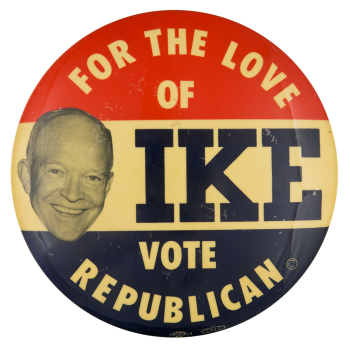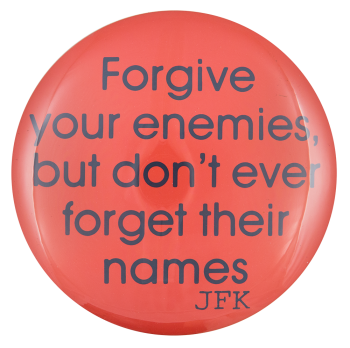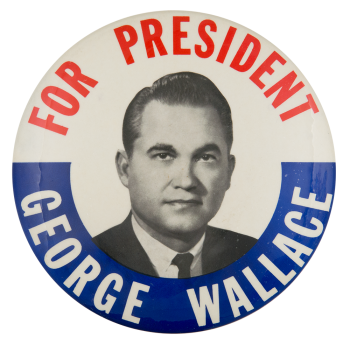How Many Lives Per Gallon
| Category | |
|---|---|
| Additional Images | |
| Sub Categories | |
| Text on Button | HOW MANY LIVES PER GALLON? 12-90 M. KUHN |
| Image Description | Illustration of a gasoline pump on a white background with black text integrated into its shape. |
| Back Style | |
| The Shape | |
| The Size | |
| Year / Decade Made | |
| Additional Information | In the 1990s, the United States began addressing the issue of smog in large cities and the correlation with gasoline consumption, commuting, and factories. In a 1997 study, scientists estimated that smog pollution was responsible for more than 6 million asthma attacks in the United States each year plus 159000 emergency room visits and 53000 hospitalizations. Other results found that people living in areas of high smog density were more likely to develop asthma. Artist M. Kuhn also illustrated a series of anti-Bush political art in the 1990s, which included stabs at Exxon-Mobil, Dan Quayle, and the Gulf War. |
| Sources |
Tamminen, T. (2006). Lives per gallon: The true cost of our oil addiction. ProQuest Ebook Central https://ebookcentral.proquest.com |
| Catalog ID | CA0631 |

